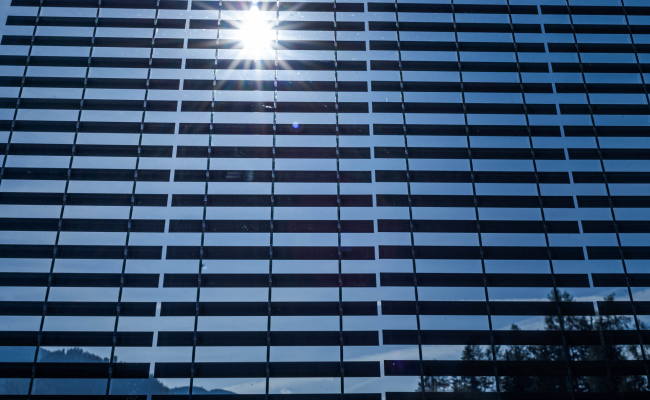Energy Saving Glass - Warm Coatings
Energy Saving Glass - Warm Coatings
In the late 1980s Pilkington achieved its biggest advance in float technology since its invention three decades earlier, when it announced success with continuous on-line coating to make low-emissivity glasses at up to 1 km per hour.
The NSG Group now has a complementary suite of low-e products, including the off-line coated thin silver-based product Pilkington Optitherm™, and the on-line manufactured Pilkington K Glass™ and Pilkington Energy Advantage™.
The on-line products are based on a semi-conducting coating of tin oxide doped with fluorine atoms. The coating, 0.3-0.4 micron thick, has the unusual property of transmitting almost all visible light, while rejecting heat waves (infrared) at room temperature. It is deposited in a few seconds by a chemical vapour deposition (CVD) process applied to the hot glass while it moves through the manufacturing process. The coating is hard, coherent and adheres well to the glass during cutting and handling, because it is deposited at high temperature.
Energy Saving Glass - Warm Coatings
A low-e coating is normally used on the cavity-facing surface of the inner pane of a double-glazing unit. Its job is significantly to reduce radiative heat loss into the cavity and then to the outside air. Float glass itself strongly absorbs infrared and warms up, but the low-e coating radiates poorly into the cavity.
Doped tin oxide films have long been known in the industry but Pilkington research now focuses on fine-tuning their optical properties by better understanding of high-speed, atmospheric pressure CVD chemistry and of the interaction of n-type dopants such as fluorine with the tin oxide lattice atoms.






























